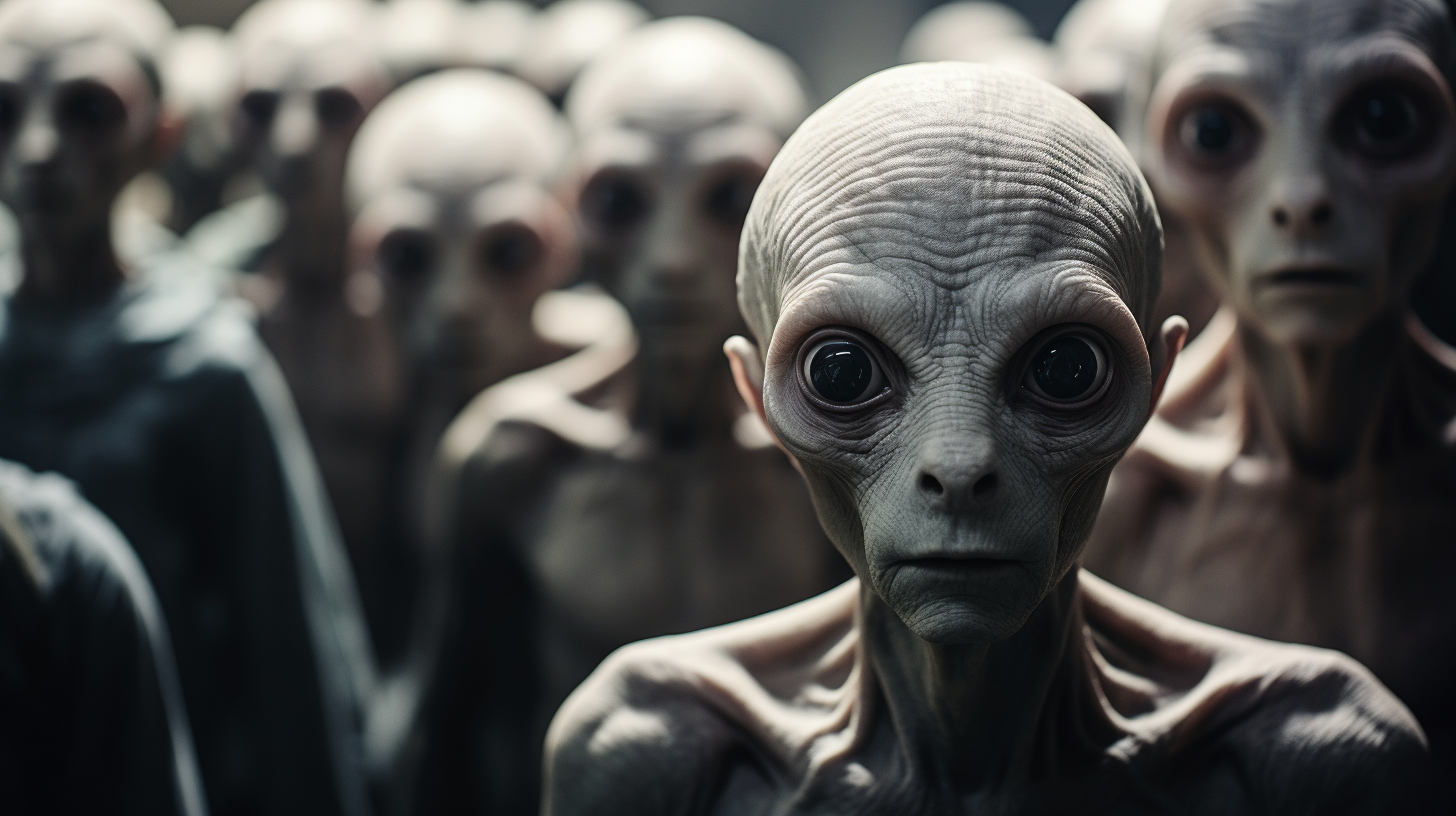An Adventure into Origin:
Back in 2011, a significant revelation unfolded in Spain when researchers stumbled upon a discovery that baffled them, reshaping our understanding of Neanderthals. From the depths emerged an ancient burial ground, where three bodies lay arranged side by side, their arms elegantly folded in a ceremonial manner. Initially mistaken for humans, these remains were eventually identified as our evolutionary cousins, the Neanderthals. This surprising turn marked a new chapter in the Neanderthal story, illuminating their capacity for symbolic thinking, cultural traditions, and spirituality.
An Unexpected Peek into Society:
The burial customs of the Neanderthals provided a glimpse into their complex belief systems. This suggests a level of societal sophistication, or at least an underlying culture that had been underestimated in earlier portrayals of them as primitive cave dwellers. Despite their strong build, Neanderthals possessed large brains and exhibited signs of intelligence, like using clothing and tending to their sick and elderly.

The Mystery of Extinction:
A comprehensive study carried out in 2014 across 40 archaeological sites aimed to determine the timeline of Neanderthal extinction. The findings were astonishing: Neanderthals lived alongside Homo sapiens for more than a thousand years, meeting their end around 40,000 years ago. However, the question lingered: what led to their disappearance?
The Decline of Neanderthals:
Unlike previous assumptions attributing their downfall to lesser intelligence, it seems Neanderthals were not outperformed by Homo sapiens. Their extinction coincided with the global spread of modern humans, yet the story held deeper complexities.
The Fusion of Genetics:
In 2013, evolutionary geneticists brought forth a fascinating discovery. Modern human populations, especially in Europe and parts of the Middle East, carry genetic traces from both Neanderthals and Denisovans, another ancient hominid species. This suggests interbreeding among these distinct hominid lineages at some point in the past.
Proposals of Ancient Migrations:
Diverse ancient astronaut theorists introduce a new perspective on Neanderthal extinction. They suggest these unique hominid species were meant to be separated geographically over vast regions. Mixing may have been discouraged or forbidden, with any such mingling considered a threat to the “experiment” involving early humans.
Potential for Alien Intervention?
Drawing parallels with ancient religious texts, theorists speculate on the possibility of extraterrestrial beings intervening to “cleanse” the human race. This intervention could have involved eliminating significant portions of early humans and starting anew, in an effort to establish a “pure” human lineage.
Visual Depiction:
To Sum Up:
The saga of Neanderthals encapsulates mystery, complexity, and the potential ramifications of genetic mixing among ancient hominid species. While their disappearance remains a puzzle, the discovery of genetic traces in present-day humans alludes to a complex web of connections and encounters that influenced our early evolution. The Neanderthal narrative challenges our assumptions about our ancient relatives and urges us to explore the nuances of our shared evolutionary journey.
